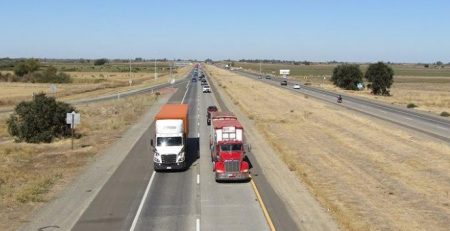How Is Fault Determined in an Arizona Accident?
Auto accidents are dangerous, taxing events for everyone involved and can be confusing affairs even for those who have been in collisions before. Once everyone has received medical treatment and lives are no longer at risk, one of the most pressing questions in any victim’s mind is “whose fault is this in the eyes of the law?” Every state has its own process for determining fault, but for Arizona residents, they’ll be subject to a pure comparative fault system.
Comparative Fault in General
Every state uses one of three comparative fault systems, distributing blame in an accident that affects settlement payouts proportionally. No matter your state, each party’s responsibility in an accident and resulting damages will be defined with a percentage. Your recovery will then be reduced based on your level of fault and the state you’re in; for example, if you’re determined to be 10 percent to blame for your injuries or the accident in general, then you’ll receive 10 percent fewer recoveries. However, several states adhere to pure contributory negligence, meaning that if you were even 1 percent to blame, you’ll recover nothing.
How Fault is Assigned
 The particulars of how fault is determined depends on the details of your accident and stem from police reports, investigations, and statements from each party. It is essential that you never assume where the fault lies after an accident. If you believe yourself to be exclusively to blame, you could jeopardize your recoveries by providing statements that will be used against you, only to realize that both you and the other driver were at fault in one way or another.
The particulars of how fault is determined depends on the details of your accident and stem from police reports, investigations, and statements from each party. It is essential that you never assume where the fault lies after an accident. If you believe yourself to be exclusively to blame, you could jeopardize your recoveries by providing statements that will be used against you, only to realize that both you and the other driver were at fault in one way or another.
Don’t be anxious or feel pressured to take the blame—it might feel insincere, but you should stay objective when talking to the police, and admit when you can’t remember something clearly. Even when things seem obvious, such as if you hit someone while running a red light, there might be other factors that reduce your fault, like the other driver being distracted, speeding, or not wearing a seat belt.
You should always seek the advice of a lawyer before providing formal statements or agreeing to anything with insurance companies, even if you don’t intend to hire an attorney. Doing so can put you at ease and give you valuable insight, ensuring that you don’t minimize your own settlement with simple mistakes in the tension following an accident.
Arizona’s Pure Comparative Fault Law
Most states have a cutoff point where you’ll be unable to recover any damages at all. The particulars of this vary from state to state, but 50 or 51 percent fault is where most jurisdictions bar you from recoveries. Arizona, on the other hand, uses a pure comparative fault system, which means you can always recover damages, even if you’re almost exclusively to blame. For example, even if you’re 90 percent at fault for an accident, you’ll still receive 10 percent of your recoveries.
Arizona Accident Attorneys Can Help
Don’t make assumptions about your car accident. Talking to an experienced attorney, such as those at ELG ACCIDENT ATTORNEYS, is the only way to ensure you receive a fair level of fault and an honest settlement. Before agreeing to anything or providing what could be incriminating statements, please, contact us at (623) 877-3600 to schedule a free consultation.



